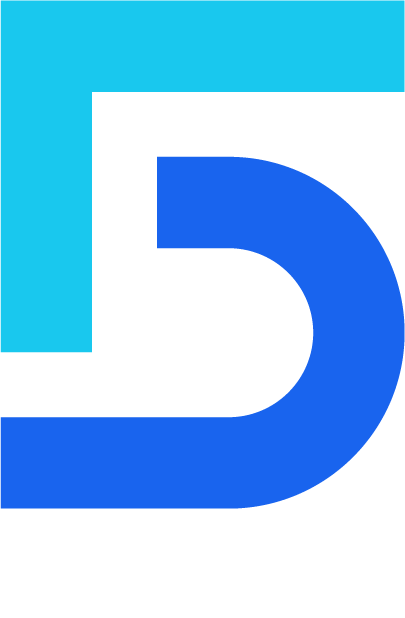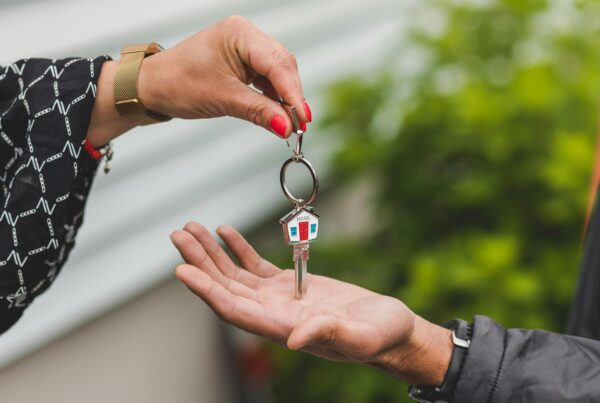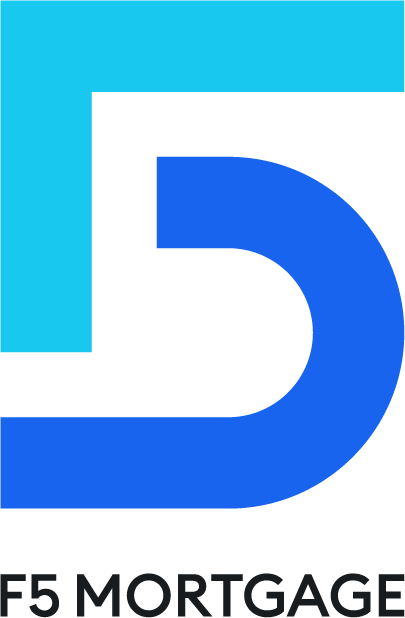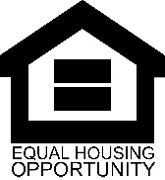A 2-1 buydown can be a helpful way to reduce your interest rate at the beginning of your mortgage, helping you save funds for future payments.
With a 2-1 buydown, you’ll enjoy lower monthly payments for a period of two years before your mortgage rate returns to the original agreed-upon percentage.
However, don’t let a reduced interest rate woo you into accepting monthly payments well above your income threshold. Today, we’ll discuss all the intricacies of the 2-1 buydown loan so that you understand its significance in the housing market.
Lowering Your Mortgage Interest Rate With 2-1 Buydowns
This form of temporary interest rate buydown lowers your mortgage rates for a period of two years on a fixed-rate mortgage, allowing you to enjoy lower payments.
Unlike mortgage points, a 2-1 buydown mortgage does not reduce interest rates for the whole loan term. Instead, you have low introductory mortgage interest rates that will then return to the full payment after two years.
Lower Monthly Mortgage Payments
Due to higher interest rates, fixed-rate loans can be expensive in today’s market, which is why a buydown program has become a way for sellers, homebuilders, and lenders to attract buyers.
The 2-1 buydown loan is one common seller concession, and construction companies may also use it to encourage home purchases in a sluggish market.
A temporary buydown reduces interest payments to help a homebuyer afford their monthly payments during the first two years by providing a lower interest rate; they can then use these savings for other expenses like repairs, or for saving up to afford the full payments.
How Does a 2-1 Buydown Work?
With a 2-1 buydown, you will get a 2% reduction on your interest rate for the first year and a 1% reduction in the second year.
In the third year, you must pay the actual agreed-upon interest rate at the beginning of your loan; your monthly payment will remain the same for the rest of the term.
Benefits of a 2-1 Buydown
The main benefit of a 2-1 buydown is the lower mortgage payment for the first two years. This can help you afford a home’s price if you don’t have large cash reserves, as long as you know you will be able to pay your home loan once the buydown period ends.
If you’ve been provided with a buydown period as a seller concession, you can leverage this by providing a higher down payment amount, as you’ll be saving money on interest paid for the first two years.
How a 2-1 Buydown Can Ease Cash Flow?
The upfront costs of a conventional loan can be daunting for many buyers, especially as market rates are high and the Federal Reserve has not yet lowered them as of April 2024.
As such, a mortgage buydown can ease payment anxiety through lower rates, and it can help set you up for success with your mortgage if used properly.
The Advantage of Lower Monthly Payments
A mortgage rate buydown can be very helpful if you have a high debt-to-income ratio and want to put more money toward your other debts, or if you have had to pay high closing costs due to the difficulty of the sale.
How a 2-1 Buydown Can Help You Qualify for a Larger Loan
A 2-1 buydown may help you afford a larger loan because you will be able to budget for the lower mortgage payment, putting more up-front for the down payment. Generally, the larger a down payment you put down, the lower interest rates you can access, and the larger the loan amount you will be approved for.
As an important caveat, you will still need to qualify for the home loan at the full note rate, and your loan officer will want to see that you have a plan in place to afford the higher monthly payment. Other considerations of a home loan, such as opening an escrow account for your first payments, will also still apply.
Costs and Considerations
While a 2-1 buydown can be a helpful loan option, there are other ways to reduce your interest rate, including discount points.
Discount points are a lump sum that a borrower pays at the time of the home purchase to receive discounts on their interest rate. A mortgage with zero points will have a higher rate than one with even one discount point, assuming that both borrowers have a similar buying profile.
One point equals 1% of the loan amount, so if you have a $200,000 mortgage, one point would equal $2,000. Each point will help to lower your mortgage interest rate for the entire term, usually by 0.25%.
For example, on a $200,000 mortgage with a 6.75% rate, you could reduce that to 5.75% by paying $8,000 upfront.
Understanding the Cost of a 2-1 Buydown
While a 2-1 buydown mortgage can seem like a great idea, it depends on who is paying for it and if you have a plan in place to pay the higher mortgage rates when the third year rolls around.
Who Pays for the Buydown?
Often, the homebuilder or home seller covers the 2-1 buydown cost for a property that they are having difficulty selling. The current owner or the construction company will advertise this with the real estate agent to drum up more interest in the property.
However, a lender will sometimes offer a promotional 2-1 buydown so that they can secure more mortgages. In this instance, the homebuyer will need to pay a fee at the beginning of the mortgage—and this fee is often almost exactly the same amount that the borrower would pay in interest rates over those two years.
When deciding whether to accept a mortgage buydown, consider whether it is part of seller concessions, where you don’t have to pay anything, or whether this is a promotional program by the lender, where you will have to pay fees as part of your closing costs.
Can You Afford the Increased Payments After Two Years?
Every borrower needs to take a close look at their income to determine whether they can truly afford their monthly payment; this is especially true if accepting a 2-1 buydown.
While the loan payments may seem affordable during the first and second year, you might find yourself underwater in the third year, when the note rate returns to its original benchmark.
Whenever you accept a 2-1 buydown, do the math and check how much your mortgage payments would be at the full interest rates advertised rather than getting excited about the low introductory rate. If this payment seems like a stretch, it’s best to look elsewhere.
Alternative to a 2-1 Buydown
If a seller or builder is not offering a temporary buydown, there are still ways to enjoy lower mortgage interest rates at the beginning of your loan. An adjustable-rate mortgage (ARM) is one of the best and safest options.
Adjustable Rate Mortgage
An adjustable-rate loan provides you with low interest rates at the beginning of the term. During this period, it functions much like a fixed-rate mortgage—but at the end of the introductory period, it adjusts the current market conditions twice a year, whether that is a lower or higher rate.
An ARM is often a better choice than a 2-1 buydown because that fixed interest rate period is longer, giving you plenty of time to save up and prepare for higher monthly payments.
The adjustable-rate loansfrom F5 Mortgage can have a fixed-rate period of up to 10 years, making it perfect for those who are just starting out in their career or who don’t intend to stay in their home for longer than a decade.
Exploring Other Mortgage Options
As a borrower, you have many other ways to secure a loan, whether by utilizing helpful programs or by making a 2-1 buydown work for you.
Down Payment Assistance Programs
There are numerous down payment assistance programsavailable for a large spectrum of borrowers, but most of those programs are limited to first-time homeowners; some are even provided by large companies to their employees.
A loan officer from our team will help you walk through your options and find programs in your area that can reduce the upfront expenses associated with buying a home.
Using a 2-1 Buydown Strategically
Like with any other tool, a 2-1 buydown can be valuable when used responsibly. When you work with a loan officer, they can help you identify times in which a temporary buydown will be of value to you based on your financial circumstances.
If you would struggle to pay the full mortgage after the rates rise, then you may be better off finding a more affordable home and opting for an ARM until you have started earning a higher income. But if this option would help you save money for things like retirement or renovations, then it can be a great idea.
Working with qualified professionals, such as financial advisors or mortgage officers, will ensure that you don’t experience sticker shock after two years.
When Does a 2-1 Buydown Make Sense for You?
A 2-1 buydown program can work if you are familiar with the stipulations, and it is best used when someone else is paying for the interest rate reduction.
For example, if it’s advertised by a seller as a way to sweeten the deal for buyers in a slow market, and you would be able to afford the payments regardless of the reduction, then a 2-1 buydown loan would be a great way to save up your nest egg to pay for other needs.
Similarly, a builder selling a home in your price range, with a 2-1 buydown loan offer, could allow you to get the home of your dreams while saving money.
This can also be a good option for those who expect to make more money within the next two years, such as those who have just accepted a higher-paying job and have crunched the numbers to know that they will be financially secure even when their rates rise again.
However, a buydown is not a good idea if you are expected to pay the transaction fees, as these are often close to—if not higher than—the savings you would get by accepting the lower introductory interest rate.
The utility of a buydown depends significantly on your borrower profile, who is carrying the costs, and your specific goals when purchasing the property, whether that is an investment property or a primary residence you intend to hold on to for decades.
Summary
At F5 Mortgage, our primary goal is to help homeowners find a mortgage that works for them in the long term, based on their needs and their financial circumstances. We offer numerous products, including adjustable-rate mortgages, fixed-rate mortgages, and investor-specific products like DSCR loans.
Working with us, you’ll gain the benefit of our years of experience in navigating all the C of the home buying process, including whether to accept a 2-1 buydown loan and how to refinance. We are here for you throughout the life of your loan, and we encourage you to contact usif you have any questions.
Ready to get started? Get a free quote todayonline for a new home purchase or a refinance.









Your point of view caught my eye and was very interesting. Thanks. I have a question for you.